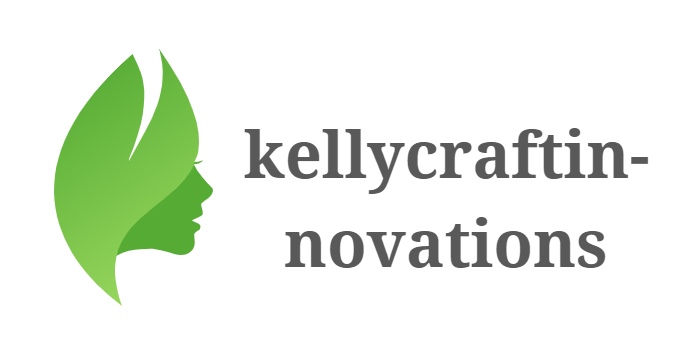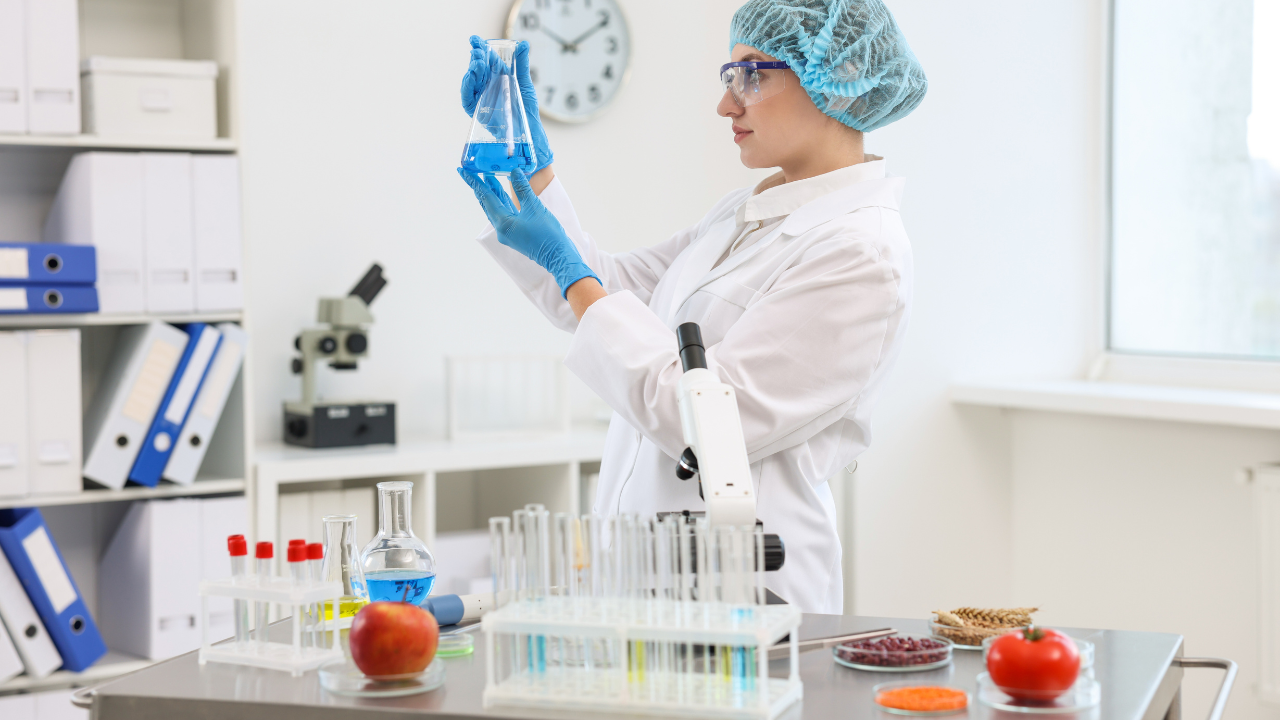L-Glutathione Reduced or glutathione for skin is an essential tripeptide which includes glutamic acid, cysteine and glycine. This antioxidant is critical in affording protection to the cellular structures against degeneration induced by the products of oxygen metabolisms. This deposition has grown largely in many industries because of the higher demand in such sectors as cosmetics, food, and pharmaceutical industries. L-Glutathione Reduced is manufactured to be of high quality and free from contaminants hence meeting customers and regulatory agencies requirements.
Overview of the Enzymatic Manufacturing Process
The process of Acetaminophen synthesis is via an enzymatic manufacturing process for the production of L-Glutathione Reduced. This process involves the use of particular enzymes that bring about the condensation of reduced glutathione regarding its amino acid building blocks. Due to this, the choice of enzymes is very important because they determine the rate of the process as well as the yield. In this phase, controlling pH and temperature is critical. Hence, these aspects affect enzyme activity and guarantee that the right conditions for the production of the product are upheld, thus producing a quality product as an outcome.
Biocatalytic Reactions and Purification
Upon enzymatic synthesis, L-Glutathione Reduced is subjected to an additional form of biocatalytic reactions aimed at enhancing the compound's quality. These reactions make it possible to synthesize the high-purity glutathione, which is very important for the glutathione’s antioxidant activity. Next is desalination through ion exchange and filtration to eliminate all forms of impurities found In most water supplies. Ion exchange removes charged particles using charged resin beads to remove them, whereas filtration assists in getting rid of particulate materials. Combined, these methods provide a product purity range of 98-101%. Sustaining such high purity is, however, very desirable if topical L-Glutathione Reduced is to deliver its intended values effectively as well as safely to the human skin.
Concentration, Crystallization, and Drying Stages
The concentration process follows the purification process. This stage reduces the water content in the product, hence raising the glutathione content and, therefore, the potency of the product. When concentrated, it forms a crystal-like structure to form free glutathione. This includes the crystallization of glutathione from its concentrated solution at a cool temperature to generate solid glutathione crystals. They assist in attaining a pure product but also guarantee that they keep repeating a similar form of quality. After crystallization, techniques of drying are used with a view of achieving the right level of moisture that is acceptable. After treatment, the most important process needed is drying; failure to dry adequately can lead to products going rancid.
Quality Control and Storage Requirement
Quality assurance is always an important component of the manufacturing process. Different tests include range, particle size, titration, purity, heavy metal and loss on drying tests. That way, any products conform to the safety standards, and the effectiveness guaranteed in the markets is achieved; this applies to L-Glutathione Reduced. The appropriate conditions of storage matter for further product quality. L- Glutathione Reduced should ideally be stored at a cool temperature of between 2-8 °C to avoid the profitability of this compound. Possible types of packages are 25 kg drums or any other type in order to adjust the conferred convenience to distribution. Usually, it has a shelf life of 2 years when stored appropriately.
Conclusion
The production of L-Glutathione Reduced involves multiple processing techniques, and the process demands keenness. Starting from the synthesis done by the enzyme to quality check processes, they all work hand in hand to give quality products. Holding a very high quality control level during the production process also guarantees the consumer to receive effective and reliable L-Glutathione Reduced. Of course, such commitment facilitates the overall improvement of the product’s quality and ensures usage in different sectors such as health, beauty, and wellness sectors.


